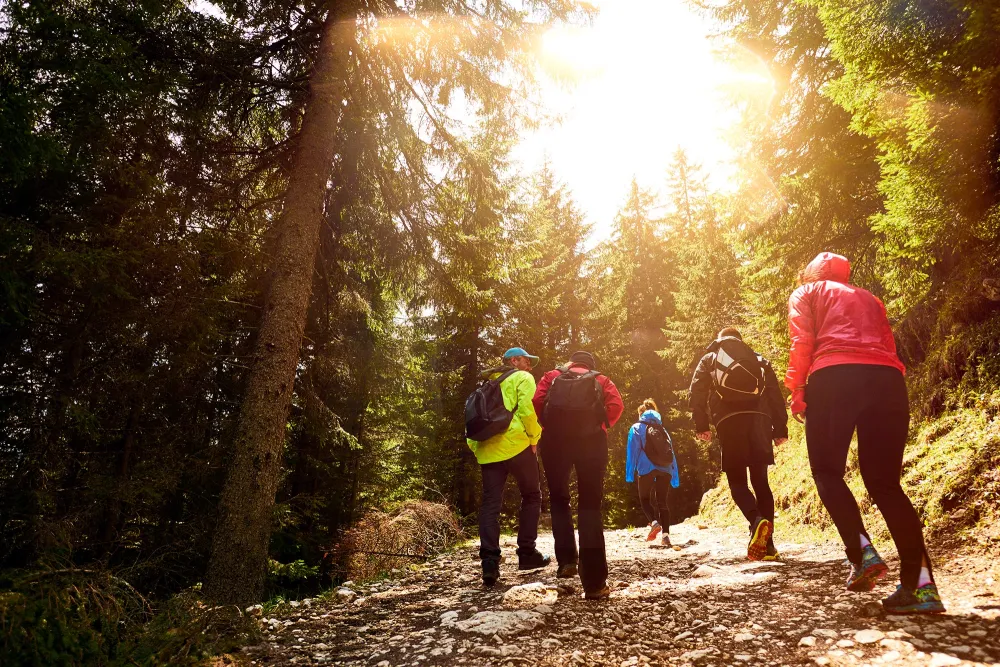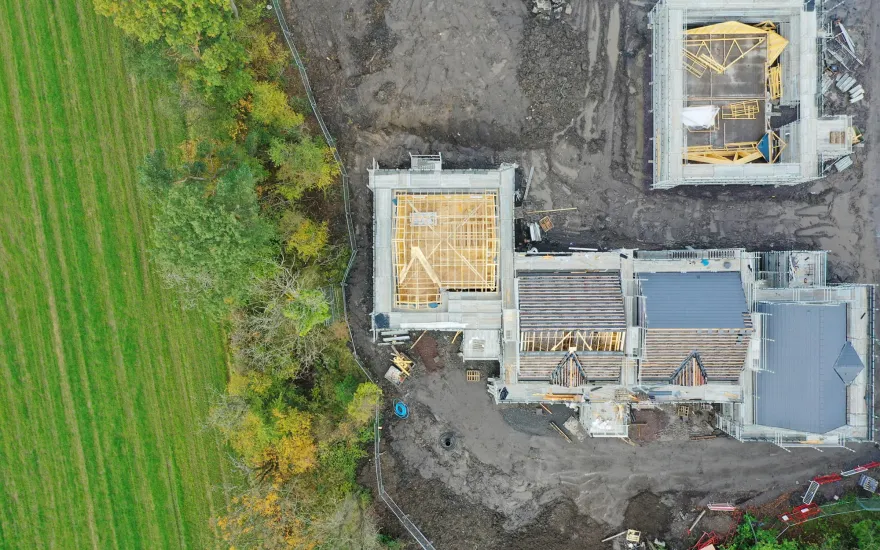Let’s Diversify Community Forests
With news of invasive insects and diseases that are destroying community trees throughout the country, it is easy to view the situation as hopeless. However, one of the most powerful means of combating the havoc caused by these invasions is relatively simple and inexpensive — diversifying the kinds of trees we plant and manage.

A greater focus on diversification of a community’s trees should be a goal of every tree board and urban forestry department.
When reflecting on his state’s historic loss of elm trees, Dr. John Ball of South Dakota State University told The Forestry Source, a publication of the Society of American Foresters, “I realized we learned the wrong lesson. The lesson we learned was not to plant elms. What we should have learned was to diversify.”
That important lesson means not simply switching to another species that is immune to a current plague, but rather to truly diversify the trees being planted. To ensure maximum effectiveness and maximum protection of the benefits provided by the urban forest, the diversification needs to be carefully planned.
Urban forest diversity has been defined by Professor Emeritus Joe McBride of the University of California–Berkeley as “the complexity of tree species composition, the size distribution of trees, and the patterns of distribution within an urban forest.” With the continuing spread of urbanization and in the face of climate change, the concept — and practice — of tree diversification is more important than ever.
In This Bulletin
Here’s what’s inside:
- Diversity in Nature – how the natural world maintains diversity
- Lack of Diversity in the Urban Forest – reasons for this challenge
- The Need to Diversify – a concerted effort for a healthier, more resilient urban forest
- From Theory to Action – steps to help with implementing a plan for greater diversity
